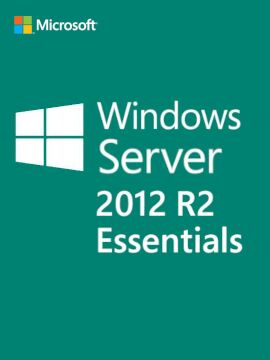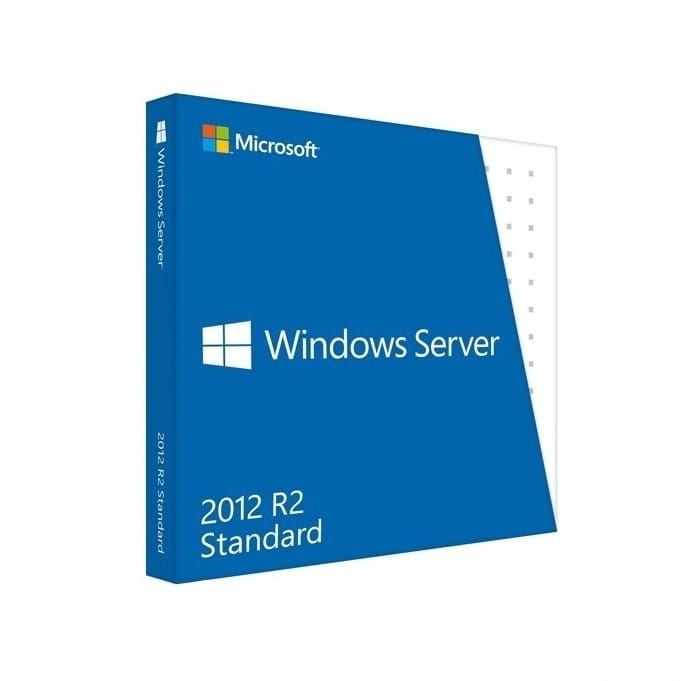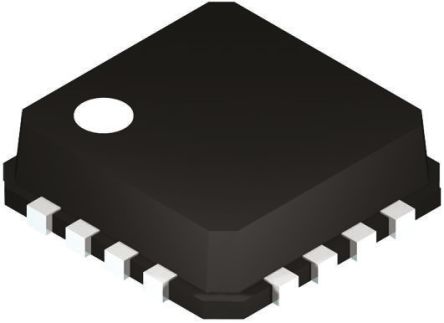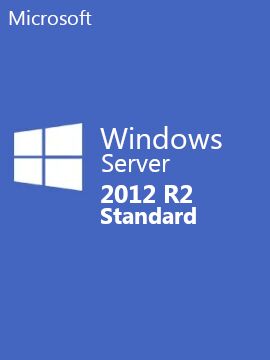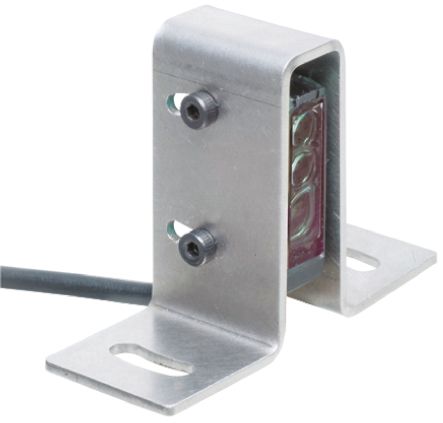Windows Server 2012 R2 standard 1 PC
With Windows Server 2012 R2, Microsoft brings global cloud services to your infrastructure. With amazing new features and upgrades, the standard version of Windows Server 2012 R2 delivers enhanced experiences for storage, networking, access, information protection and more. With Windows Server 2012 R2, you can add as many users as you want. Make your services continuous by building high-performance, high-availability storage solutions, providing secure remote access to your mobile workforce and automatic VPN connections. This is a dynamic, cost-effective solution as a server platform for your data center and a personal cloud solution for your business. The new features that strengthen storage, software-defined networking, server management, and automation give your IT team the ability to respond to all business needs at all times, faster and more efficiently than ever before. The core idea of Windows Server 2012 R2 is to transform your company’s data center to take advantage of the latest technological advances and hybrid cloud capabilities to simplify your business management, speed of operations, and cost. The only difference between the Standard and Datacenter versions is the number of virtual machines you can run. With the StandardEdition you can run up to two VMs on two processors. Features of the Windows Server 2012 R2 Standardversion are: Improved remote desktop services Although RDS features were also delivered with the 2008 version, they are much better and easier to implement with the new Windows Server 2012 R2 version. Basically, what used to be a very complex process is now done in just a few clicks. New Server Manager The new Server Manager interface allows you to create and manage a collection of servers (server groups) that already exist on the network. With the new Server Manager you can now manage all tasks under each server with common attributes. SMB 3.0 This is probably the one feature that makes Windows Server 2012 R2 a great product. SMB 3.0 is an amazing upgrade from its predecessor, CIFS. SMB 3.0 supports multiple simultaneous network interfaces and MPIO, thin provisioning of volume and deduplication. It also supports SMB Direct and Remote Direct Storage Access, and for dedicated systems, to move SMB data directly from one system’s memory to another, bypassing the SMB stack. iSCSI What eventually became an optional download for Server 2008 R2 is now fully





